Salavador Dali Brooch Sells for $982,000

It’s possible that I shall make an ass of myself. But in that case one can always get out of it with a little dialectic. I have, of course, so worded my proposition as to be right either way (K.Marx, Letter to F.Engels on the Indian Mutiny)

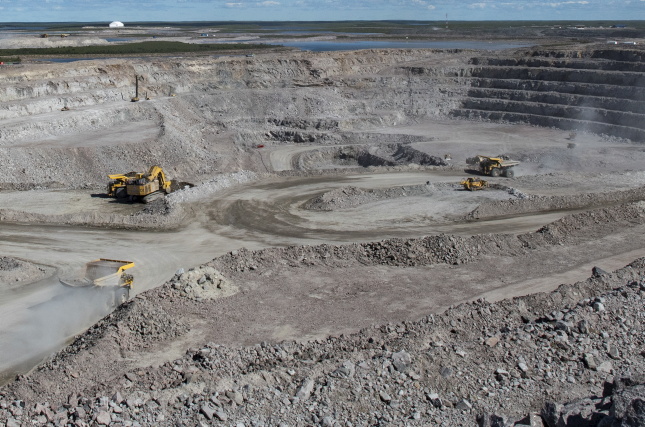
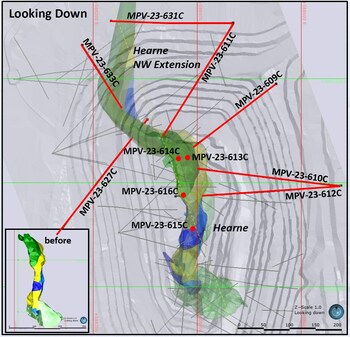

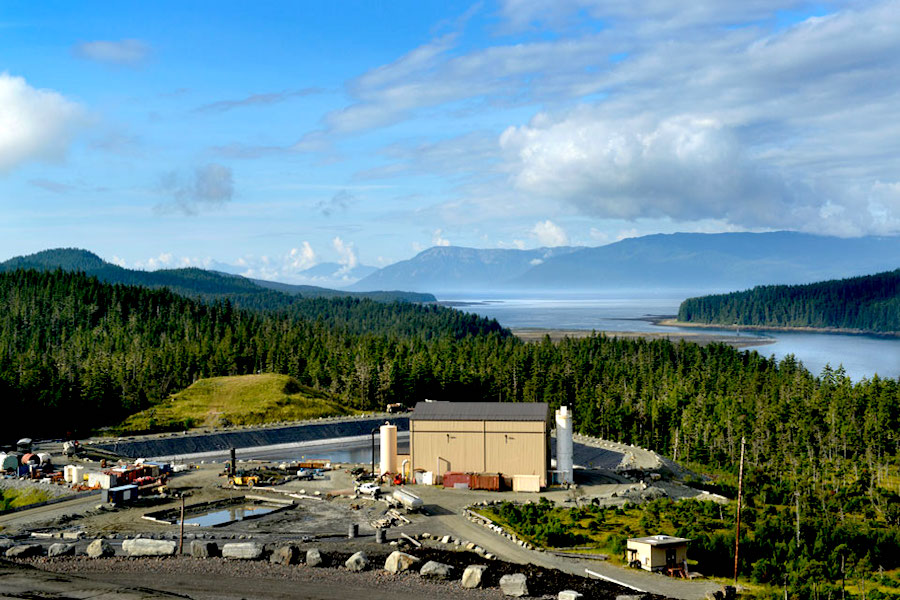

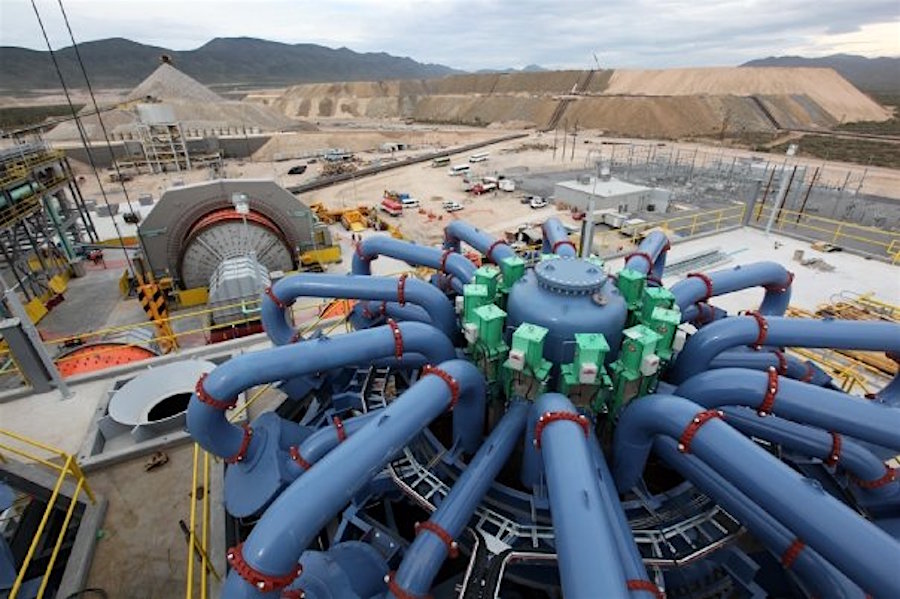


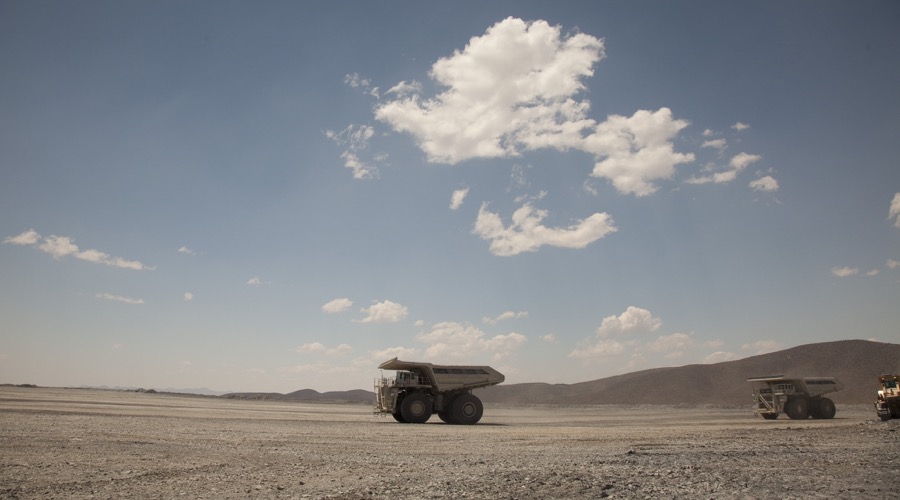


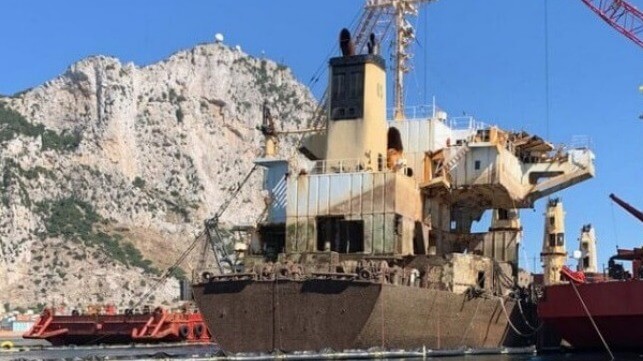
PUBLISHED JUN 16, 2023 12:07 PM BY THE MARITIME EXECUTIVE
The Gibraltar Port Authority is reporting that a milestone was reached yesterday, June 15, in the salvage efforts for the bulker OS 35 that sunk more than nine months ago after hitting a gas carrier in the anchorage at the entrance to Gibraltar’s harbor. The salvage operation is entering its final phase to remove the two sections of the bulker that broke apart earlier this year during storms.
Lifting operations began on June 10 and yesterday the captain of the port said they were able to raise the stern section of the vessel out of the water. The process had called for reversing a controlling sinking they conducted in October 2022 to stabilize the wreck and prevent further damage to the environment. After ensuring the stern was watertight, they began to restore buoyancy.
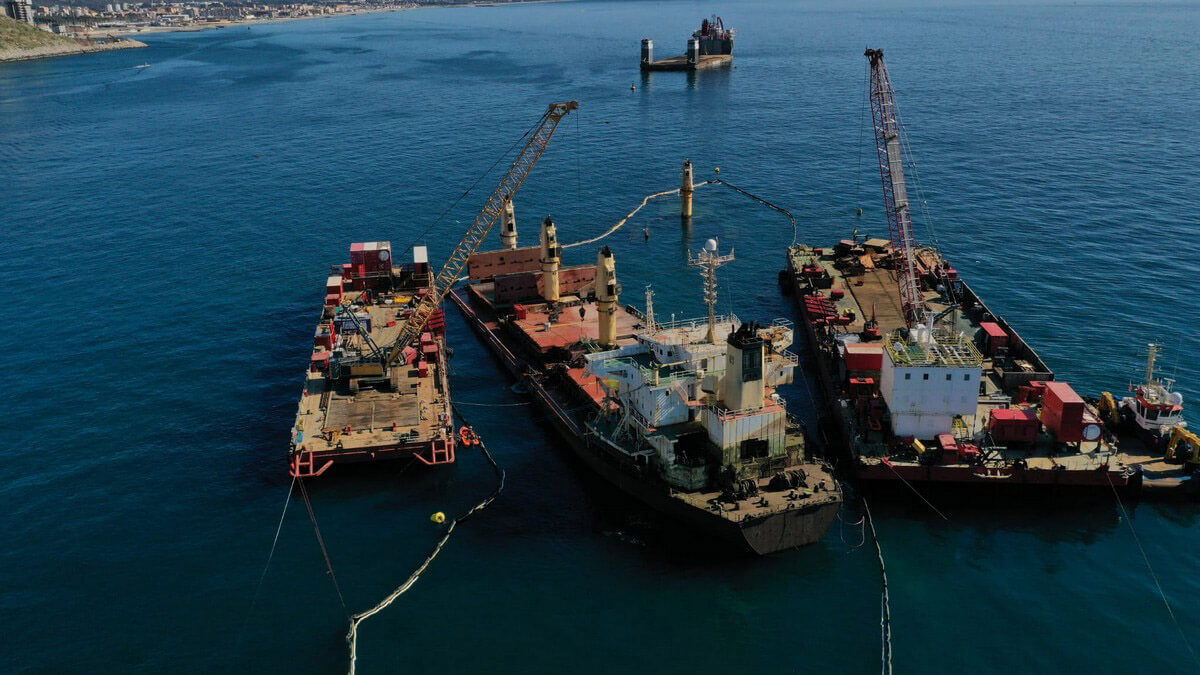
“Progress continues to be made despite the challenging conditions of the wreck and work will continue to further stabilize the stern section,” reports John Ghio, the Captain of the Port. Once the stern is stabilized, they plan to place it on a semi-submersible platform ship, which can be seen standing by in the photos released today.
The second phase of the operation calls for the lifting of the bow section using cranes. The forward portion of the vessel was damaged when it hit the gas carrier and sustained additional damage due to storms. Once it is lifted onto the platform ship both pieces will be sent for recycling.
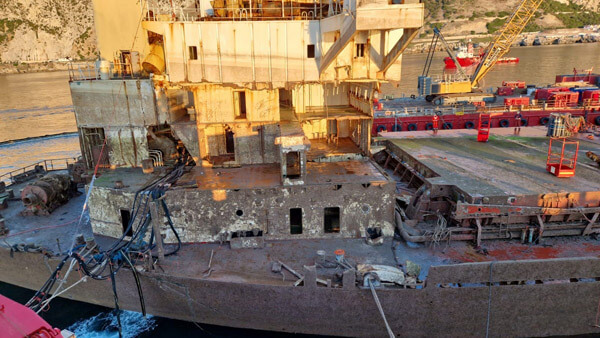
“Works continue to progress at a safe and steady pace,” they said in the update. Previously, the port captain said weather and other conditions at the wreck site would dictate the timeline for this phase of the salvage operation. The government had set a deadline of the end of May for the removal, but later extended it after the weather had slowed the preparations for the salvage.
Separately, the master of the OS 35 made his second court appearance on Thursday in a Gibraltar court. The Magistrates’ Court decided yesterday not to impose additional penalties for the pollution charges and the oil damage to an antiquities site. Captain Abdelabari Kaddura, a Syrian national age 53, had previously pleaded guilty to charges related to the accident and was given a four-month suspended sentence. According to the reports, he has been released and is now free to travel home after having been detained in Gibraltar since the incident in August 2022.
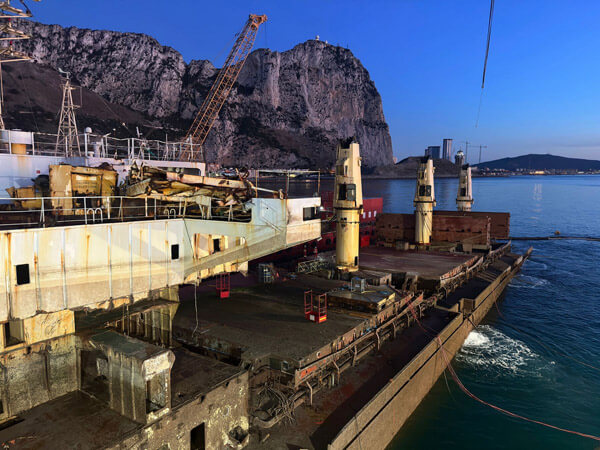
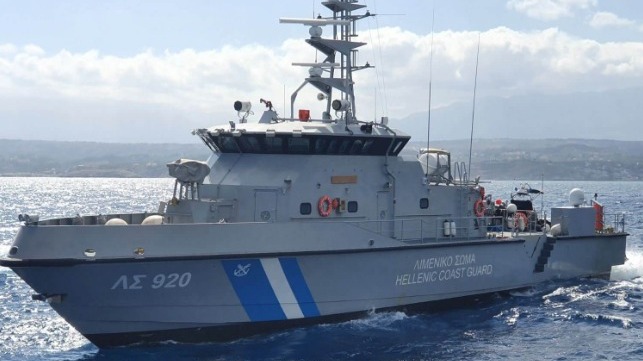
PUBLISHED JUN 16, 2023 6:44 PM BY THE MARITIME EXECUTIVE
Greece, which has been frequently criticized for its handling of the migrant crisis and its handling of the endless waves of small boats moving through its waters, is being forced to defend its actions as the third and final day of the search for survivors of the fishing boat that sank early on Wednesday is concluding. United Nations officials are saying that they believe this is the second deadliest incident they have recorded in nearly a decade of the migrant crisis in the Mediterranean with human rights groups saying they believe as many as 500 people are missing.
Greece on Friday highlighted that it has arrested nine of the survivors of the tragedy reporting that they believe they were the mastermind and smugglers who arranged for the overpacked fishing boat. A Hellenic Coast Guard spokesperson is telling the media that the individuals were arrested on Thursday night from among the 104 people rescued. They are claiming they arranged for the fishing boat in Egypt, took it to Tobruk, Libya where they loaded somewhere between 500 and 750 people, including as many as 100 children gathered together below deck, and set off for Italy. The Coast Guard says late Tuesday night it saw hundreds of people on deck.
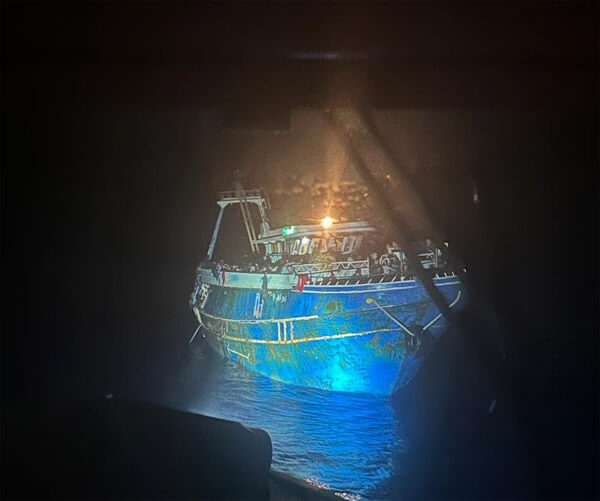
Hellenic Coast Guard released this picture saying their last approach was about three hours before the vessel capsized
The Coast Guard is saying that it along with the Hellenic Navy has a total of 12 vessels scouring the area 47 nautical miles southwest of the island of Pylos along with three helicopters. However, no one has been recovered since Wednesday. Four people were taken to hospital while 100 were initially in a hangar in Kalamata but reports said they have now been moved to a center near Athens. The Hellenic Coast Guard is highlighting that none of the people recovered had life-saving equipment.
Critics are questioning the Coast Guard’s timeline and version of events with media reports citing survivors who blamed the Coast Guard. The Coast Guard says it offered assistance on several occasions on Tuesday but was repeatedly turned away. They however had to revise an earlier report now saying they did briefly put a line across to the fishing boat which they said was simply to steady themselves while they attempted to make contact. Some reports are inferring the line may have been the cause of the fishing boat rocking violently and then capsizing.
UN officials are focusing on the smugglers calling for justice and saying more has to be done to stop human trafficking. IMO Secretary-General Kitack Lim issued a statement expressing the organization’s sadness highlighting “the sad fact that thousands of people undertake dangerous sea crossings in unsafe vessels.” He said the IMO will continue to work with others in the United Nations to address the complexities of the humanitarian issue and the unsafe transport of migrants by sea.
Greece’s Acting Prime Minister Ioannis Sarmas is promising a thorough investigation to determine what caused the boat to sink and the actions of the Coast Guard. Evangelos Tournas, acting minister of civil protection, defended the Hellenic Coast Guard insisting the vessel was in international waters meaning his country could not intervene with a vessel refusing assistance. Human rights groups however as saying they warned of the situation all day on Tuesday while others are saying Greece was obliged to act to stop a clear danger of the overloaded boat.
Protestors in Greece are demanding the European Union do more, including changing its migrant policies to prevent more tragedies.
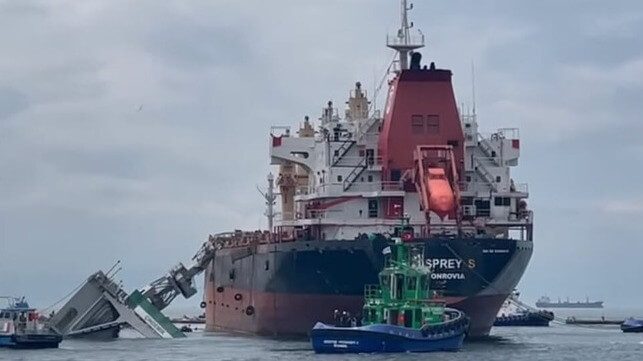
PUBLISHED JUN 13, 2023 3:10 PM BY THE MARITIME EXECUTIVE
[Brief] Video is circulating online showing a shipyard accident in which a floating dock tilted. The images show one of the cranes from the dock hitting a bulker and reports indicate that there was some damage to the vessel but no injuries or casualties.
Turkish media is widely reporting the accident at the C?ndemir Shipyard, a privately owned facility in Tuzla, east of Istanbul. The shipyard reports on its website adding a floating dock with a lifting capacity of 3,000 tonnes to its facilities in 1999. They further expanded by renewing the floating dock in 2007 and increased its docking capacity to 5,000 tonnes.
Media reports and the videos do not indicate why the dock tilted and sunk. It appears to have collapsed with the two sides coming toward each other. The dock appears to have had at least two cranes both of which collapsed.
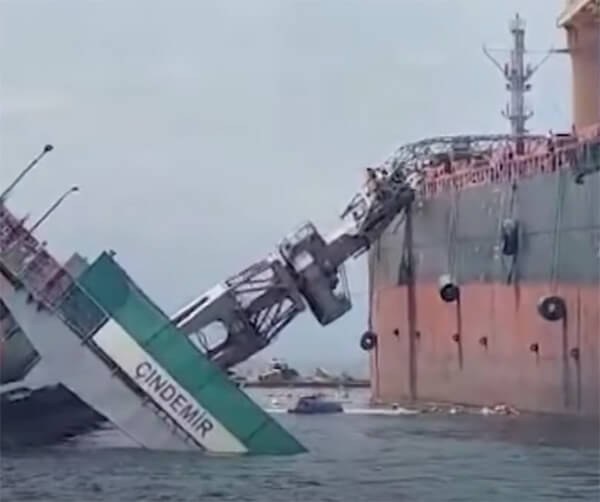
One of the two cranes toppled over onto the bulker Osprey S. which appears to have been anchored alongside. The 30,570 dwt bulker, which is registered in Liberia, drew attention in August 2022 as one of the first vessels cleared to proceed to Ukraine under the Black Sea grain export deal. The vessel’s AIS signal appears to show it has been at the shipyard since last October with the media reports saying it is being refurbished.
One crane came to rest on the side of the vessel after the dock collapsed and then breaks away hitting the hull of the vessel. The other crane closer to the ship collapses away from the ship toward the other wall of the dock.
It is unclear how much damage was caused by the crane hitting the bulker. Later pictures appear to show the ship repositioned to be alongside the berth. Reports indicate that the shipyard did not request assistance from Turkey’s General Directorate of Coastal Shipping.
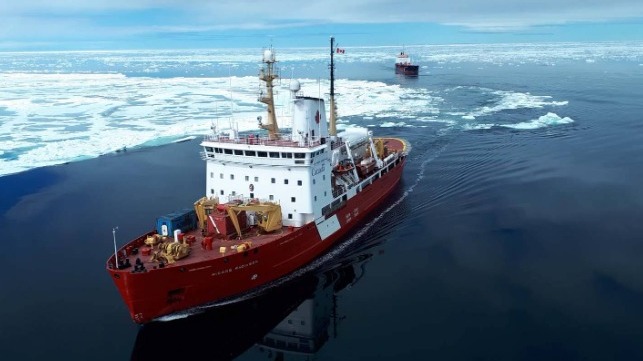
PUBLISHED JUN 15, 2023 10:57 PM BY PAULINE BAUDU
“What happens in the North impacts the world, and when you look at security issues and climate change, the world is paying attention more than ever,” recently noted Canadian Governor-General Mary Simon at an event at the Arktikum Science Centre in Rovaniemi, on February 9th, 2023.
Her comments reflected the profound and ongoing effects that Russia’s re-invasion of Ukraine in February 2022 has had on Arctic security, leading to a renewed global focus on the region – a focus which, in Canada, further intensified recently with the Chinese spy balloon incident acting as a reminder of the role that the Canadian Arctic plays in continental defense. Governor-General Simon’s remarks also mirror how interconnected climate and security realities are, in a region where freezing geopolitics interact with thawing landscapes.
In the Canadian Arctic, which is warming at least three times as fast as the rest of the globe, the physical impacts of climate change include permafrost thaw, decreasing snow cover, reducing summer sea ice, and sea-level rise leading to coastal erosion and flooding (in the Beaufort Sea, sea level has been rising by almost an inch a year over the last two decades). Climate change also contributes to changes in Canadian Arctic ecosystems -such as tundra greening and shifting boreal tree line due to intensifying boreal wildfires– ocean acidification, and increased precipitation.
Climate change is increasingly being recognized as a threat (or risk)-multiplier, as its effects interact with and have the potential to exacerbate pre-existing threats and other drivers of instability to contribute to security risks. In an effort to advance Canada’s awareness of these risks, the Canadian Security Intelligence Service recently published an analysis outlining how climate change compounds and accelerates other security issues.
In the Canadian Arctic in particular, beyond threats to landscapes and ecosystems, climate and environmental impacts converge with evolving strategic and security realities, posing a threat to human and national security.
Human-security risks
The primary and most pressing risk from climate change in the region lies in how it affects the human security, health, livelihoods, traditional lifestyles, and identity of local, mostly Indigenous, communities.
In particular, thawing permafrost exacerbates the pre-existing challenges related to the limited and underfunded local infrastructure, as homes, roads, runways and bridges are sinking in while pipelines and sewage systems are collapsing. In Iqaluit, this leads to serious environmental and health risks due to unintended spills and the contamination of freshwater supplies. Furthermore, in a region subject to the tyranny of distance, and where mobility is crucial to economic activity and to the survival of remote communities, the warming weather fragilizes ice roads and undermines hunting practices and the reliability of transportation, leading to more frequent accidents, and ultimately threatening food security. Rising sea levels also endanger entire coastal communities, with some of them being forced to relocate.
Northern communities also face the security consequences of intensifying maritime activity in slowly opening waters, as increasing navigation in the Canadian archipelago means higher risk of environmental damage through oil spill, release of other pollutants, and damage to important marine life zones. Lastly, shifting migratory routes for animals due to climate-caused loss of habitat means both higher-risk of animal-borne diseases and limited access to traditional food sources, such as caribou, seals and fish species.
Risks to national security
Climate change in the Canadian Arctic also poses threats to national security on multiple levels, ranging from conventional to hybrid issues.
As competition may intensify for a more accessible Arctic which is expected to become more economically viable, the enforcement of Canada’s sovereignty is going to be challenged. Indeed, Canada has limited resources to monitor and respond to unwanted activity in its vast Arctic territory, including in the Northwest Passage – where legal status has long been disputed by other Arctic stakeholders.
In the grey-zone dimension, climate change is likely to amplify opportunities for malign actors to engage in the Canadian Arctic through below-the-threshold operations, aiming at destabilizing Canada by creating or instrumentalizing vulnerabilities, and blurring the line between legitimate forms of engagement and malign behaviors. Case-in-point for this are the activities carried out by China, which long-standing Arctic ambitions are often clashing with the interests of Canada and of other sovereign Arctic countries. Climate change may empower Chinese hybrid activities in the Canadian Arctic in several ways, from justifying a deeper scientific footprint to monitor climate impacts in strategically-significant locations to enticing Chinese investments in the Canadian mining sector as part of the clean energy transition.
Furthermore, as warming waters are challenging global fisheries and drawing new fish species to the North, Chinese fishing fleets can use the opportunity to enter Canadian Arctic waters, carry out reconnaissance activities and test gaps in Canada’s maritime and communication capacities. It is also worth noting that the multiple human-security risks from climate change outlined above intersect with the national security risks stemming from hybrid tactics, as climate change undermines societal resilience to external threats, such as cyberattacks or espionage activities.
Furthermore, climate effects are challenging military readiness in the Canadian Arctic, as they impact missions, operational plans, and installations in the region. As ice melts, permafrost thaws, and storm behaviors evolve, damage to infrastructure will affect northern military installations including runways, heating systems and energy supply. Melting ice roads will disrupt access to bases and undermine transportation and supply. Such risks may be particularly problematic for the surveillance stations that are part of the North Warning System: should they become increasingly difficult to operate, this may, in turn, weaken their missile surveillance and warning capacities. Moreover, freezing rains, which have been found to be shifting northward and increasing in occurrence in the Canadian winter due to climate change, have major consequences for ground and air transportation and are already impacting the readiness of air forces stationed in the North. Of note, in a recent, high-profile instance, freezing rains have been presented by Chief of the Defence Staff Gen Eyre as the reason why Canadian fighter jets were delayed in departing to shoot down the Chinese balloon flying over Yukon on 4th February 2023.
Lastly, climate impacts will put a growing strain on Canadian forces, as they will need to address a surge in concurrent emergencies such as search-and-rescue and environmental-disaster response, related to the growing volume of maritime traffic in challenging Arctic conditions. Other concurrent unconventional issues requiring resources and attention from Northern forces in Arctic waters may include illegal shipping, smuggling, and other transnational organized crime activities.
Policy opportunities for a climate-resilient Canadian Arctic
In light of this wide array of climate-related risks, Canada has an opportunity to deepen the integration of climate impacts across Arctic security planning and processes, and to adapt its security structure to anticipate and respond to evolving climate-security threats.
Championing climate adaptation and mitigation from military forces:
This effort should entail proactively adapting Canada’s Arctic military infrastructure and equipment to rapidly changing climate conditions, in order to safeguard the Canadian Armed Forces’ ability to enforce sovereignty and to project force into the region. In this perspective, increasing Arctic presence and investing in maritime and space-based assets will be key to closing the long-standing gaps in Canada’s Arctic maritime domain awareness. Furthermore, the Canadian Armed Force’s (CAF) climate security efforts in the Arctic should include working to improve its energy consumption and efficiency, and minimizing its environmental footprint. Efforts toward greater energy resilience would further contribute to improving the CAF’s military performance in the region by overcoming the challenges related to remoteness and mobility.
Conceptualizing multi-purpose infrastructure through integrated thinking:
Given the extent of the challenge, and the profound nature of the Canadian Arctic infrastructure gap, a whole-of-government effort is required, in partnership with civil society and the private sector, in order to drive defense and energy technology innovation and build a multi-purpose, climate-resilient and low-carbon infrastructure benefitting both civilian and military communities. Only an inclusive and coordinated approach advocated by Indigenous-led organizations such as Arctic360, will ensure that local communities benefit economically from these investments, and that their cultural practices and self-determination are not threatened.
Similarly, efforts to advance climate security in the Canadian Arctic should focus on understanding the crucial, yet often overlooked, Indigenous traditional knowledge in both the security and scientific domains, and on integrating this knowledge into foresight efforts, decision-making process, and military training and operations.
Strengthening continental and transatlantic cooperation:
Finally, as issues related to climate change and security transcend boundaries, Canada will need to cooperate with Arctic allies and partners to design innovative solutions and capitalize on knowledge and capabilities.
In particular, the United States, Canada’s closest military ally, has boosted its focus on climate security and resilience in recent years, including in the design of the White House’s Arctic strategy released in October 2022. The close partnership between Canada and the U.S. should move toward stronger cooperation in responding to climate impacts in the Arctic. This means systematically incorporating the climate factor in joint military training and exercises, and agreeing on equitable investments for the upgrade and climate-resilience of the North Warning System to strengthen continental defense.
Transatlantic cooperation with allies and partners will also continue to be key. In this regard, the new NATO Center of Excellence on Climate Change and Security (CCASCOE), to be hosted in Montreal, should serve as a platform to coordinate national climate-security efforts in the Arctic and provide guidance for allies and partners to operate sustainably in the region. Activities may include wargaming and simulations that are specific to the climate challenges faced by military forces in the Arctic, as well as harnessing relevant technical expertise – such as Finland and Sweden’s green energy industry and innovation capacities -, and buttressing partnerships with local and Indigenous communities to ensure responsible operations. By taking the lead on NATO’s Arctic engagement through CCASCOE, Canada is well positioned to ensure that human security, as well as sovereignty, are thoughtfully considered as part of NATO’s ascension in the region.
Addressing climate security risks in the Canadian Arctic in a proactive, coordinated, and integrated manner will ultimately result in advancing Indigenous reconciliation, enhancing continental defense, and establishing Canada as a leader on the international Arctic scene. “Strong at Home, Secure in North America, and Engaged in the World.”
Pauline Baudu is a Senior Fellow at Arctic360 (Toronto), Associate at Arctic Security Consultants (Ottawa) and Nonresident Research Fellow at the Center for Climate and Security (Washington, DC).
This article appears courtesy of the author and was first published by The Vanguard. It may be found in its original form here.
The opinions expressed herein are the author's and not necessarily those of The Maritime Executive
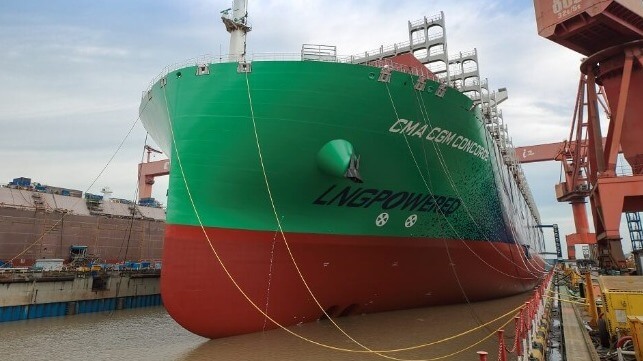
PUBLISHED JUN 15, 2023 7:25 PM BY THE MARITIME EXECUTIVE
LNG has its critics in environmental circles, but its fiscal attractiveness is clear, according to industry advocacy group SEA-LNG. Setting aside any debate about LNG's environmental merits, it will be the least-cost option for boxship owners who need to meet EU compliance requirements for GHG reduction, the group argues in a newly-released analysis.
LNG is one of the most affordable marine fuels under normal market conditions, and it has a lower emissions profile than HFO or VLSFO. Using SEA-LNG's estimate for LNG's well-to-wake greenhouse gas reduction benefit - about 20 percent below VLSFO - switching to LNG is itself enough to comply with the FuelEU Maritime GHG reduction requirements out through the year 2039. After that, operators would have to blend in varying proportions of costlier bio-LNG and e-LNG. (E-LNG may be the most expensive alternative fuel, according to the Maersk McKinney-Moller Center for Zero Carbon Zhipping).
As the proportion of "green" fuel in the blend goes up to meet strengthened requirements, so does the cost for compliance - except for ammonia, which declines in price and becomes cheaper than a 50 percent gray / 50 percent renewable LNG mix by 2050. Blue ammonia (produced from natural gas with carbon capture) comes out as the most cost-effective option by midcentury, but not before.
"It is clear from this analysis that the LNG pathway to compliance offers massively lower fuel costs than that for both the methanol and ammonia pathways, particularly in the first 15 years of the vessel’s life – a period critical for vessel financing decisions. The methanol pathway is approximately 2.5 times more expensive and the ammonia pathway, 2.5 to 3.5 times more expensive," concluded SEA-LNG.
Reducing methane slip
Most of the debate around LNG's climate effectiveness centers on methane emissions. Natural gas is mostly methane, a gas with substantially higher warming potential than CO2, and a percentage escapes during upstream extraction, transport and liquefaction. LNG-powered ships also emit varied amounts of methane during operation, with the amount dependent on engine type and operating profile.
This last emissions category - methane slip - has captured the public debate for years, with some environmental groups arguing that it makes LNG an unattractive alternative. Though this debate gets headlines, it may soon be over. The industry's biggest players are quietly working to eliminate engine emissions of LNG by 2030, according to Steve Esau, SEA-LNG's chief operating officer.
"There are a number of companies on the shipping side and the OEM side who are investing a significant amount of money to measure where the operational emissions are coming from on board ship, and then looking at solutions for addressing those," says Esau. "That would be a combination of operational solutions and pre- and post-combustion technologies to deal with methane slip. And I think they're very confident that methane slip will be eradicated by the end of the decade."
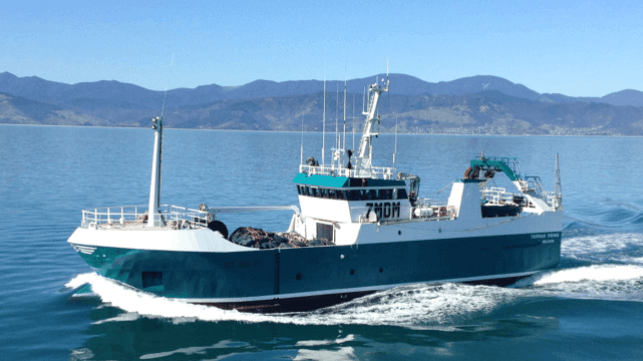
PUBLISHED JUN 13, 2023 11:25 PM BY THE MARITIME EXECUTIVE
A court in New Zealand has ordered the forfeiture of a commercial fishing vessel over the crew's failure to report bycatch of about 20 kilos of coral.
In October 2020, the trawler Tasman Viking was operating near Lord Howe Rise, off the coast of eastern Australia. On one cast of her trawl net, the net came back with an unknown quantity of bamboo coral caught in the mesh. Under the rules of the Convention on the Conservation and Management of High Seas Fisheries Resources in the South Pacific, bottom trawlers have to report all taking of vulnerable corals and sponges. There is a take limit of 15 kilos, and if it is reached, the vessel must halt bottom fishing in the area. This mechanism is designed to protect bamboo coral, a deep-sea species that is particularly vulnerable to trawl damage.
However, the crew of the Tasman Viking did not report the haul of coral, even though fisheries observers were on board and watching. Instead, they shot the nets again, pulling most of the coral back over the side and destroying the evidence. The observers weighed about 2.8 kilos worth of material that remained behind and took photos of the operation.
New Zealand's Ministry for Primary Industries pursued an enforcement suit against the operator, Westfleet, for failing to report the bycatch. An expert witness for the ministry estimated that the net had brought up about 20 kilos of coral, exceeding the take limit; Westfleet's lawyer argued that the amount was far lower. Ultimately, presiding magistrate Judge David Ruth ruled that the quantity did not have bearing on the offense, which hinged on reporting.
On Monday, Westfleet Fishing pleaded guilty to a breach of its permit requirements and failure to report the take of coral. Describing the firm's compliance culture as "cavalier," Judge Ruth sentenced the company to NZ$74,000 in fines (including penalties levied on crewmembers) and the forfeiture of the vessel, which is worth millions. While this may sound like a stiff penalty, New Zealand law allows the owner to appeal to the court to have the forfeiture changed to a fine, potentially a lower amount than the total value of the ship.
"All commercial fishers are required to hold a permit to fish the SPRFMO fishing area, and reporting organisms from the sea floor such as coral and sponges caught is an important requirement. The rules are agreed by the countries of the South Pacific and are there for a reason – to protect the ocean environment and prevent fishing from causing damage to vulnerable marine ecosystems on the seafloor," said Fisheries New Zealand Regional Manager of Fisheries Compliance, Howard Reid.
In a statement to local media, Westfleet said that the failure to report was unintentional, and it is strengthening crew training to prevent any recurrence.